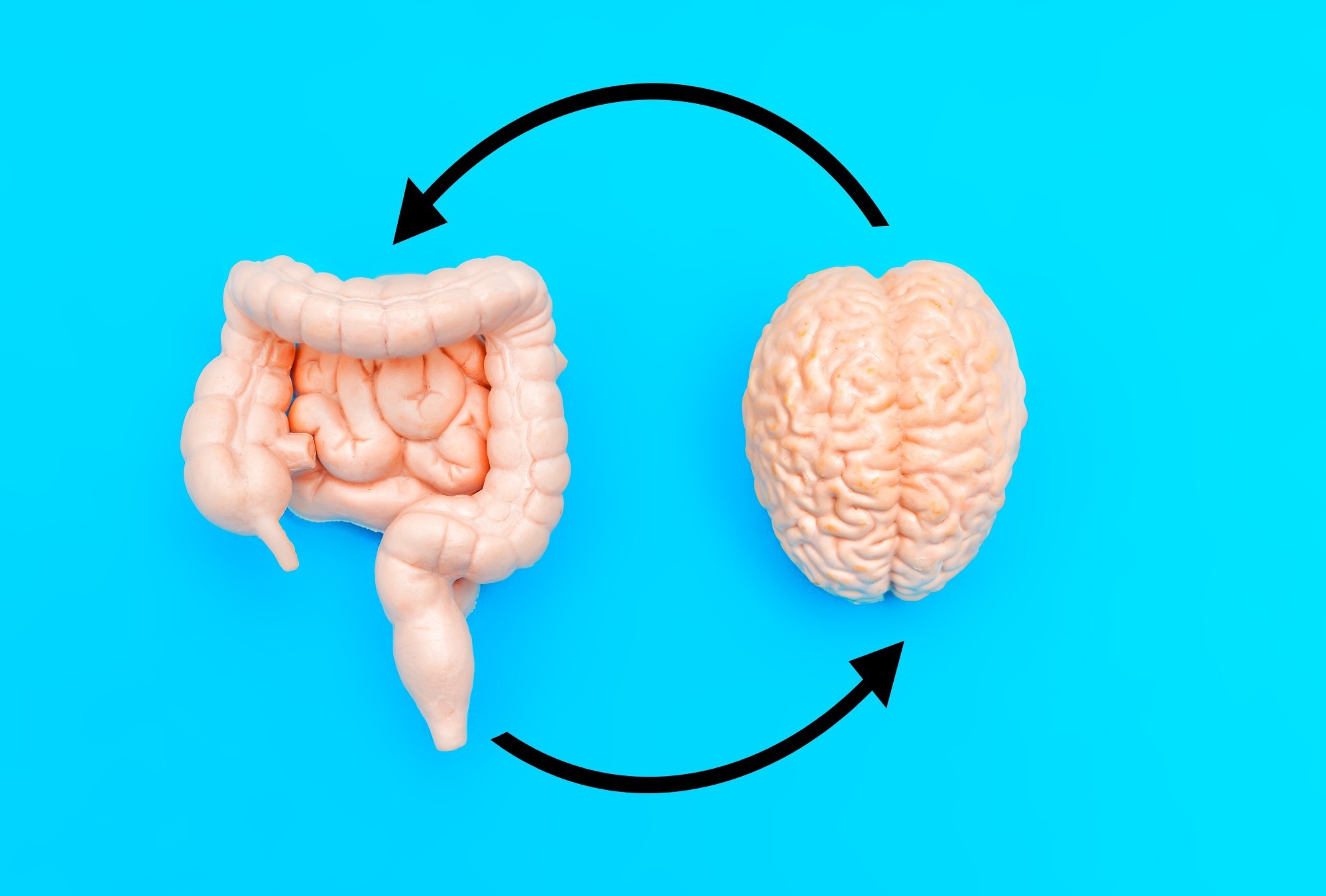A new review reveals how timed eating patterns spark a chain of reactions in your gut and brain that could help prevent Alzheimer’s, Parkinson’s, and other neurodegenerative diseases.
 Study: Intermittent Fasting as a Neuroprotective Strategy: Gut–Brain Axis Modulation and Metabolic Reprogramming in Neurodegenerative Disorders. Image credit: Chizhevskaya Ekaterina/Shutterstock.com
Study: Intermittent Fasting as a Neuroprotective Strategy: Gut–Brain Axis Modulation and Metabolic Reprogramming in Neurodegenerative Disorders. Image credit: Chizhevskaya Ekaterina/Shutterstock.com
A review published in Nutrients examined existing preclinical and limited clinical evidence showing that intermittent fasting (IF) may help reduce the toxic protein burden, support synaptic function, and rehabilitate glial and immune homeostasis across models of various neurodegenerative disorders.
Intermittent fasting and the gut-brain axis
Research has linked IF to higher levels of bacteria known to produce beneficial metabolites and regulate immune responses. Among these metabolites, short-chain fatty acids (SCFAs) are crucial signalling molecules in the gut-brain axis (GBA), and existing evidence points to the role of IF in increasing SCFA-producing bacteria, such as Eubacterium rectale, Roseburia spp., and Anaerostipes spp. Preclinical studies have associated this with increased hippocampal synaptic density and reduced tau protein phosphorylation in animal models of Alzheimer’s Disease (AD).
IF upregulates microbial gene expression, particularly enhancing the growth of butyrate-producing taxa. It also modifies bile acid metabolism and modulates tryptophan pathways, thereby improving the production of neuromodulatory metabolites, e.g., serotonin and kynurenine. IF has been associated with a decline in circulating monocytes, which are extremely important in the body’s inflammatory response.
Chronic low-grade inflammation and inflammaging from the gut are increasingly recognized as key factors in neurodegeneration. Intestinal permeability, also known as "leaky gut," allows microbial endotoxins to enter the systemic circulation, triggering immune responses and producing proinflammatory cytokines. IF can enhance SCFA-producing microbes, improving epithelial integrity and reducing endotoxin exposure.
Recent findings suggest that IF affects neurotransmitter pathways originating in the gut, specifically those involved in tryptophan and serotonin metabolism. Under IF conditions, there is greater microbial conversion of tryptophan into indole derivatives, which may offer neuroprotective benefits through aryl hydrocarbon receptor (AhR) signaling. This may also support the balance between intestinal and immune functions.
Neuroinflammation is circadian-sensitive, where hypothalamic inflammation can increase in the case of misaligned feeding schedules. IF reduces hypothalamic lipocalin-2 expression, restores hypothalamic homeostasis, and enhances astrocytic clearance pathways. IF’s impact on circadian rhythms may also affect redox homeostasis in the brain and alter mitochondrial dynamics.
Metabolic reprogramming, neuroprotection, and intermittent fasting
IF could enhance mitochondrial efficiency and antioxidant capacity by facilitating metabolic switching from glucose to lipid and ketone-based substrates, such as β-hydroxybutyrate (BHB). BHB exerts neuroprotective effects through its antioxidant defences, modulation of mitochondrial function, and GBA. BHB has preserved mitochondrial membrane potential in preclinical models and improved cognitive performance in AD and epilepsy. BHB contributes to gut health by strengthening the integrity of the intestinal barrier. Merging BHB with GBA and IF provides a robust framework for reducing oxidative stress and enhancing mitochondrial bioenergetics.
IF activates autophagy by activating SIRT1 and inhibiting mechanistic target of rapamycin (mTOR). SCFAs have also been shown to influence epigenetic regulation of autophagy genes. Elevated brain-derived neurotrophic factor (BDNF) expression, lowered amyloid plaque burden, and tau hyperphosphorylation in AD models, as well as similar effects, have been noted in models of Parkinson’s Disease.
Existing research on neuroimmune interactions has demonstrated that IF modulates glial–neuronal interactions and the integrity of the blood–brain barrier. IF influences neuroimmune homeostasis via GBA-integrated signals that regulate glial activity, cytokine networks, and immune–metabolic resilience. These adaptations are key for long-term cognitive preservation and neuroprotection.
Translation to clinical practice and future directions
Translating IF’s promise to clinical practice requires thorough interrogation of mechanistic monitoring, safety, personalisation, and ethical deployment. It can be tricky to deploy IF interventions in vulnerable populations such as older adults, due to risks of hypoglycaemia, dehydration, and micronutrient deficiencies. Adherence can also be challenging, especially when cognitive decline hinders routine maintenance, making unsupervised IF potentially hazardous. Caregiver-linked compliance platforms, app-guided timers, and other digital solutions could bridge this gap.
A shift toward precision fasting is emerging, guided by increasing evidence that genetic, epigenetic, metabolomic, and microbiome-related factors shape individual responses to fasting. Incorporating circadian biomarkers, such as melatonin rhythm, sleep phase, and cortisol amplitude, offers a promising path for personalized chrono-nutrition. This approach may be especially beneficial for individuals with neurodegenerative disorders, who often experience disrupted circadian rhythms.
IF’s pleiotropic effects make it an ideal backbone for multimodal therapeutic synergies. This is crucial in the case of neurodegeneration, where monotherapeutic approaches are unlikely to yield long-lasting clinical benefits. Co-administration of aerobic or resistance training and IF has yielded additive neurocognitive benefits in some preclinical and pilot clinical studies.
IF is emerging as a potentially scalable neurotherapeutic strategy. As clinical applications progress, the focus should be on incorporating IF into a comprehensive precision medicine framework. This could be done utilizing digital health technologies, multi-omics biomarkers, and complementary therapies. However, it is essential to note that most supporting evidence currently comes from preclinical animal studies, and robust, large-scale human trials are still limited.
Future research conducting randomized controlled trials should adopt stratified designs, integrate longitudinal biomarkers, and consider real-world adherence.
Download your PDF copy now!
Journal reference:
- Hein, Z. M. et al. (2025) Intermittent Fasting as a Neuroprotective Strategy: Gut–Brain Axis Modulation and Metabolic Reprogramming in Neurodegenerative Disorders. Nutrients. 17(14), 2266. Doi: https://doi.org/10.3390/nu17142266 https://www.mdpi.com/2072-6643/17/14/2266